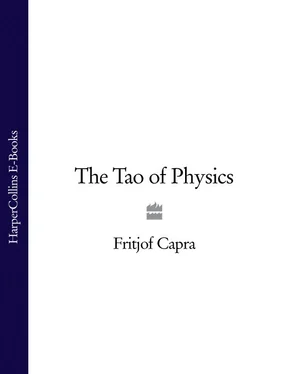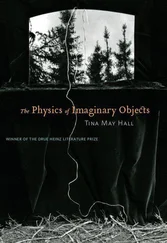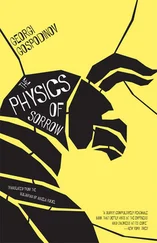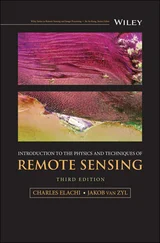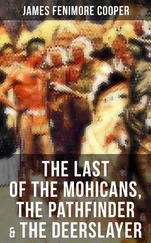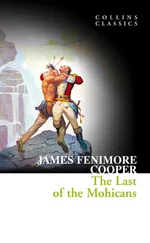Physicists, at the beginning of this century, felt much the same way when the foundations of their world view were shaken by the new experience of the atomic reality, and they described this experience in terms which were often very similar to those used by Suzuki’s Zen master. Thus Heisenberg wrote:
The violent reaction on the recent development of modern physics can only be understood when one realises that here the foundations of physics have started moving; and that this motion has caused the feeling that the ground would be cut from science. 2
Einstein experienced the same shock when he first came in contact with the new reality of atomic physics. He wrote in his autobiography:
All my attempts to adapt the theoretical foundation of physics to this (new type of) knowledge failed completely. It was as if the ground had been pulled out from under one, with no firm foundation to be seen anywhere, upon which one could have built. 3
The discoveries of modern physics necessitated profound changes of concepts like space, time, matter, object, cause and effect, etc., and since these concepts are so basic to our way of experiencing the world it is not surprising that the physicists who were forced to change them felt something of a shock. Out of these changes emerged a new and radically different world view, still in the process of formation by current scientific research.
It seems, then, that Eastern mystics and Western physicists went through similar revolutionary experiences which led them to completely new ways of seeing the world. In the following two passages, the European physicist Niels Bohr and the Indian mystic Sri Aurobindo both express the depth and the radical character of this experience.
The great extension of our experience in recent years has brought to light the insufficiency of our simple mechanical conceptions and, as a consequence, has shaken the foundation on which the customary interpretation of observation was based. 4
Niels Bohr
All things in fact begin to change their nature and appearance; one’s whole experience of the world is radically different … There is a new vast and deep way of experiencing seeing knowing contacting things. 5
Sri Aurobindo
This chapter will serve to sketch a preliminary picture of this new conception of the world against the contrasting background of classical physics; * showing how the classical mechanistic world view had to be abandoned at the beginning of this century when quantum theory and relativity theory—the two basic theories of modern physics—forced us to adopt a much more subtle, holistic and ‘organic’ view of nature.
The world view which was changed by the discoveries of modern physics had been based on Newton’s mechanical model of the universe. This model constituted the solid framework of classical physics. It was indeed a most formidable foundation supporting, like a mighty rock, all of science and providing a firm basis for natural philosophy for almost three centuries.
The stage of the Newtonian universe, on which all physical phenomena took place, was the three-dimensional space of classical Euclidean geometry. It was an absolute space, always at rest and unchangeable. In Newton’s own words, ‘Absolute space, in its own nature, without regard to anything external, remains always similar and immovable.’ 6 All changes in the physical world were described in terms of a separate dimension, called time, which again was absolute, having no connection with the material world and flowing smoothly from the past through the present to the future. ‘Absolute, true, and mathematical time,’ said Newton, ‘of itself and by its own nature, flows uniformly, without regard to anything external.’ 7
The elements of the Newtonian world which moved in this absolute space and absolute time were material particles. In the mathematical equations they were treated as ‘mass points’ and Newton saw them as small, solid, and indestructible objects out of which all matter was made. This model was quite similar to that of the Greek atomists. Both were based on the distinction between the full and the void, between matter and space, and in both models the particles remained always identical in their mass and shape. Matter was therefore always conserved and essentially passive. The important difference between the Democritean and Newtonian atomism is that the latter includes a precise description of the force acting between the material particles. This force is very simple, depending only on the masses and the mutual distances of the particles. It is the force of gravity, and it was seen by Newton as rigidly connected with the bodies it acted upon, and as acting instantaneously over a distance. Although this was a strange hypothesis, it was not investigated further. The particles and the forces between them were seen as created by God and thus were not subject to further analysis. In his Opticks , Newton gives us a clear picture of how he imagined God’s creation of the material world:
It seems probable to me that God in the beginning formed matter in solid, massy, hard, impenetrable, movable particles, of such sizes and figures, and with such other properties, and in such proportion to space, as most conduced to the end for which he formed them; and that these primitive particles being solids, are incomparably harder than any porous bodies compounded of them; even so very hard, as never to wear or break in pieces; no ordinary power being able to divide what God himself made one in the first creation. 8
All physical events are reduced, in Newtonian mechanics, to the motion of material points in space, caused by their mutual attraction, i.e. by the force of gravity. In order to put the effect of this force on a mass point into a precise mathematical form, Newton had to invent completely new concepts and mathematical techniques, those of differential calculus. This was a tremendous intellectual achievement and has been praised by Einstein as ‘perhaps the greatest advance in thought that a single individual was ever privileged to make’.
Newton’s equations of motion are the basis of classical mechanics. They were considered to be fixed laws according to which material points move, and were thus thought to account for all changes observed in the physical world. In the Newtonian view, God had created, in the beginning, the material particles, the forces between them, and the fundamental laws of motion. In this way, the whole universe was set in motion and it has continued to run ever since, like a machine, governed by immutable laws.
The mechanistic view of nature is thus closely related to a rigorous determinism. The giant cosmic machine was seen as being completely causal and determinate. All that happened had a definite cause and gave rise to a definite effect, and the future of any part of the system could—in principle—be predicted with absolute certainty if its state at any time was known in all details. This belief found its clearest expression in the famous words of the French mathematician Pierre Simon Laplace:
An intellect which at a given instant knew all the forces acting in nature, and the position of all things of which the world consists—supposing the said intellect were vast enough to subject these data to analysis—would embrace in the same formula the motions of the greatest bodies in the universe and those of the slightest atoms; nothing would be uncertain for it, and the future, like the past, would be present to its eyes. 9
The philosophical basis of this rigorous determinism was the fundamental division between the I and the world introduced by Descartes. As a consequence of this division, it was believed that the world could be described objectively, i.e. without ever mentioning the human observer, and such an objective description of nature became the ideal of all science.
Читать дальше
